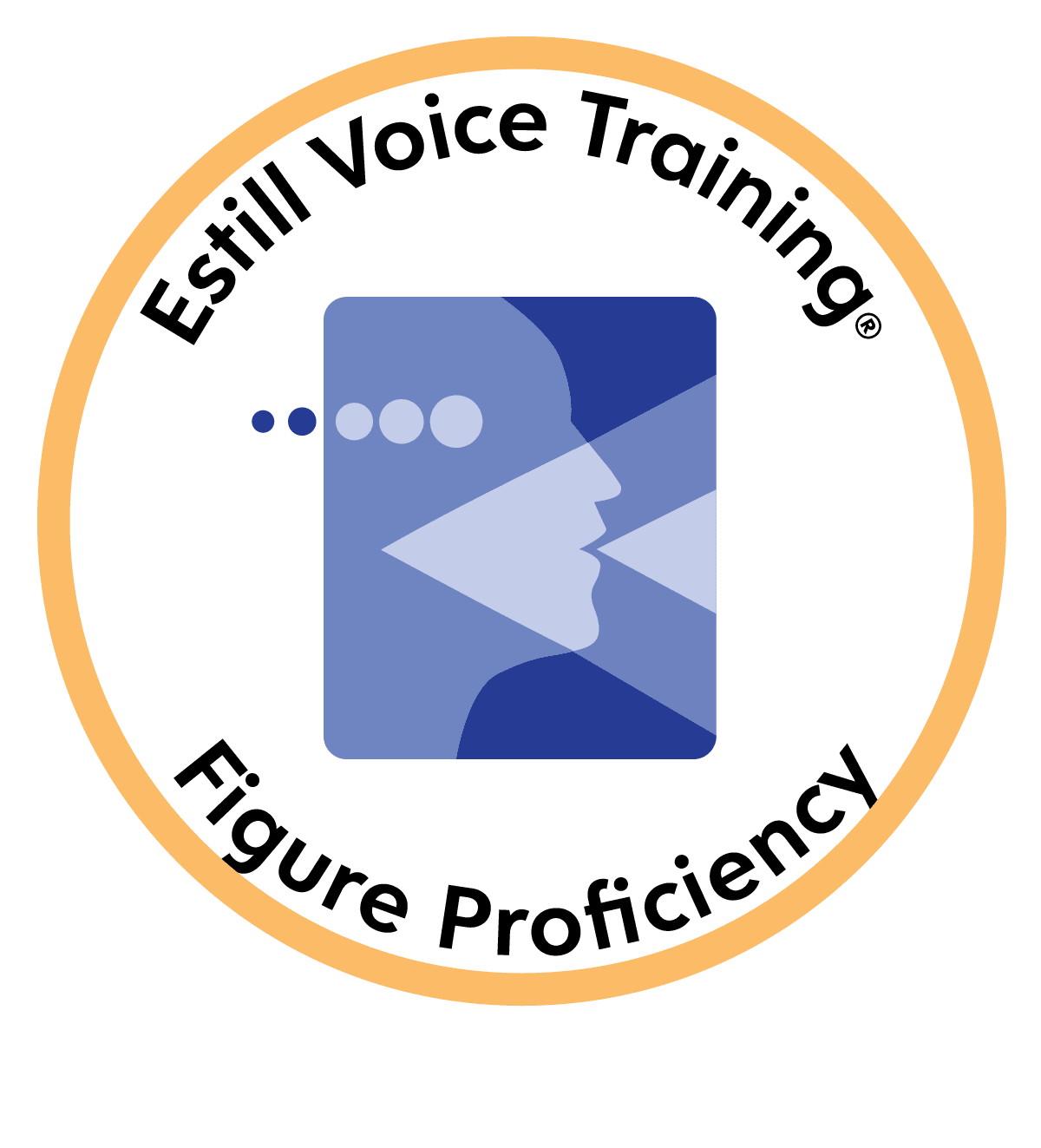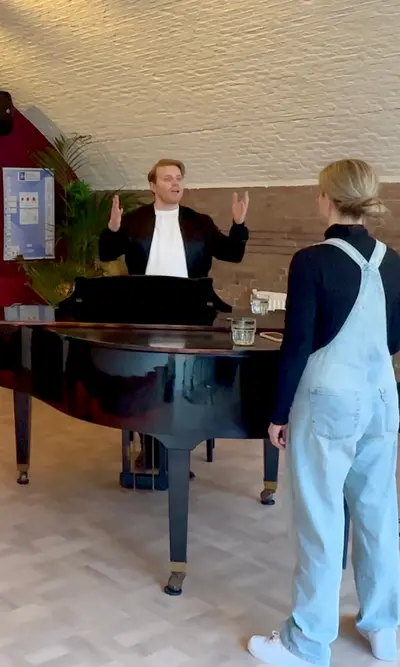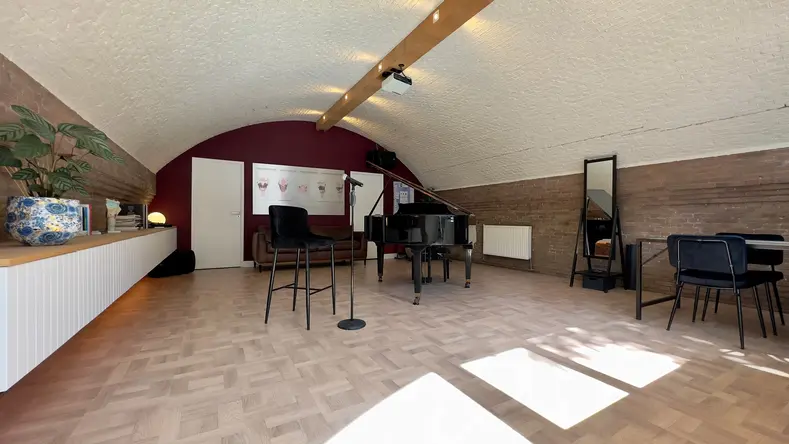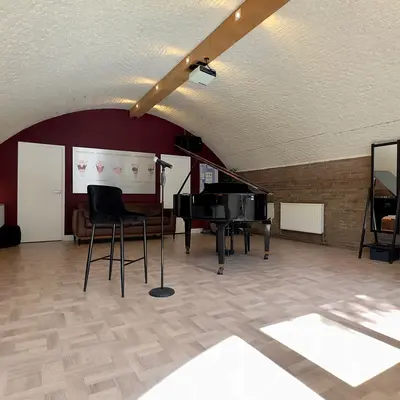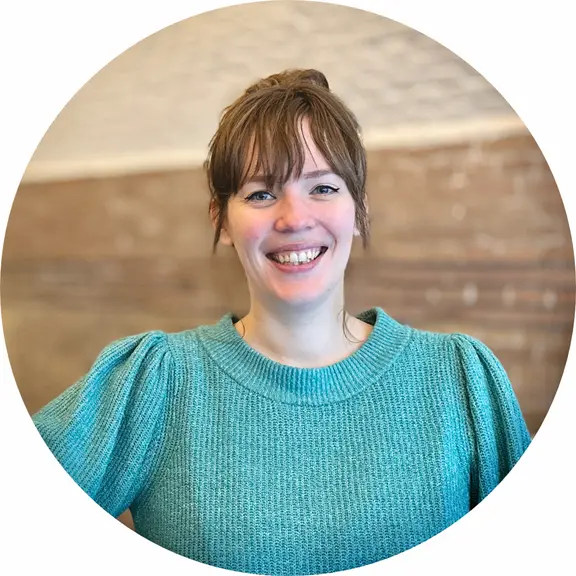Roel Bakkum is a vocal coach based in Amsterdam. He established his voice studio in 2011 with a mission to help singers, actors, and voice users take control of their voice and use it the way they want to.
His journey as a vocal coach began after completing his studies at the Amsterdam School of the Arts and furthering his education with the 3-year Estill Voice Training Pathway with Anne-Marie Speed in London.
Roel's coaching approach is deeply rooted in the Estill Voice Training Model, which emphasizes understanding and mastering the various components of the voice.
It allows anyone to achieve a comprehensive understanding of the difference between craft and artistry, ultimately guiding performers in seamlessly integrating these elements into their performances.
Roel has worked with a wide range of clients, from theater, music, and TV professionals to corporate executives.
His diverse experience allows him to tailor his coaching to each client's needs. Additionally, Roel has taught at prestigious conservatories like Mountview and Doreen Bird College.
In addition to giving singing lessons, he works extensively with corporate professionals to improve their vocal usage and presentation.
He does this for companies such as ABN Amro, Booking.com, Zilveren Kruis, weGrow, and many others.
